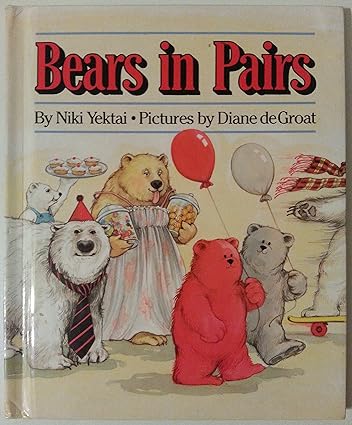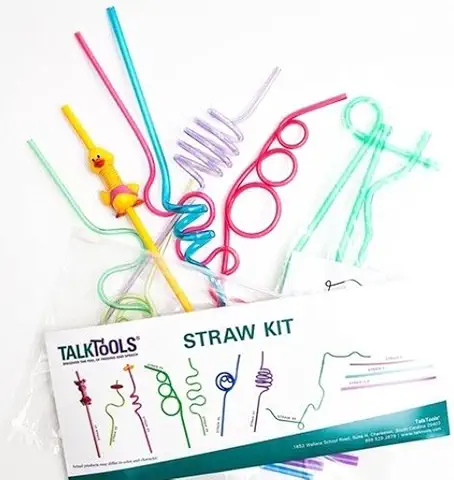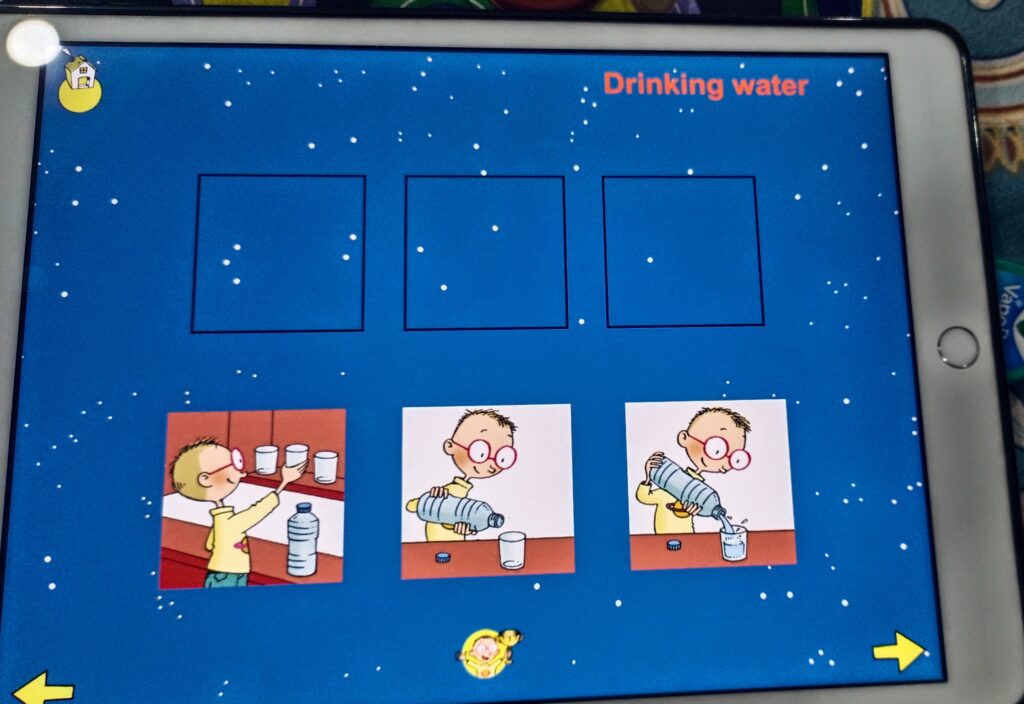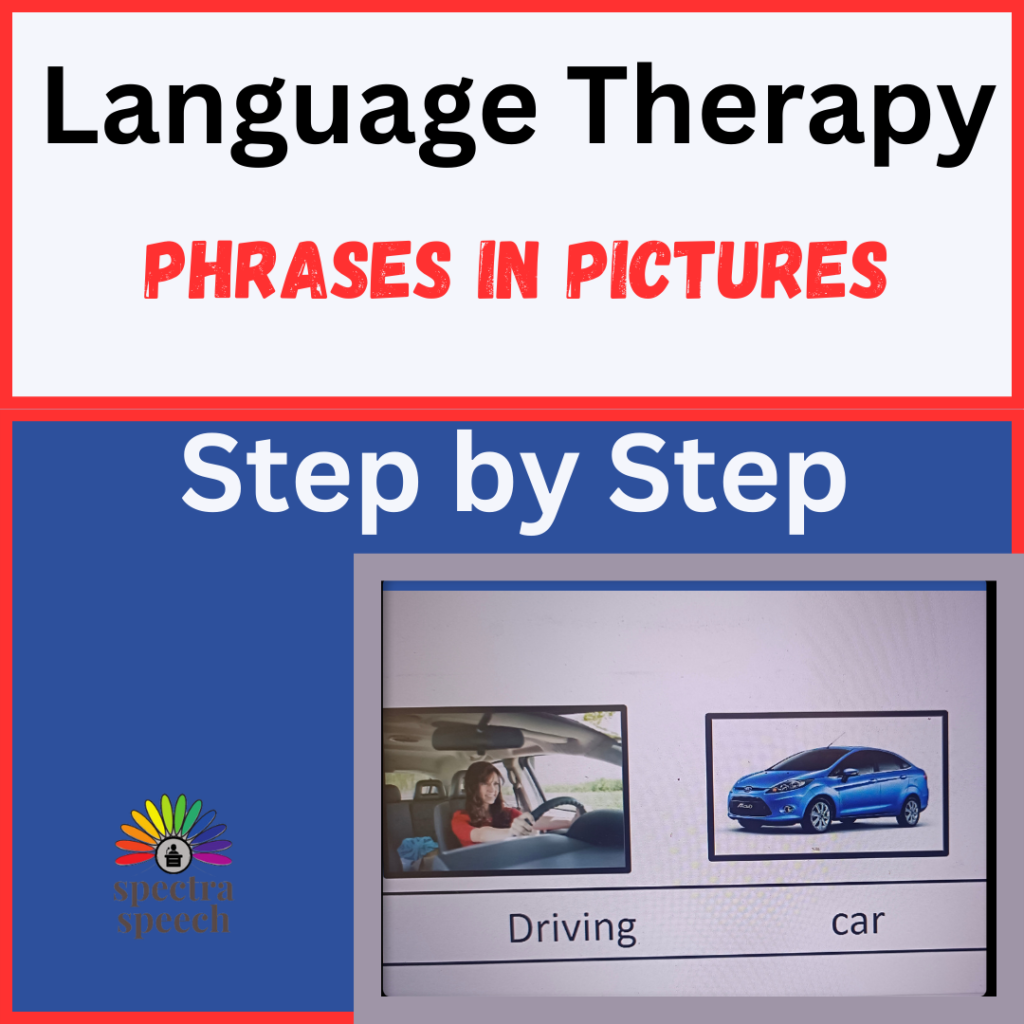Why Late Talking Is not Always Autism: The Research
Why Late Talking Is not Always Autism: The Research A Mother’s Story: “Why isn’t he talking yet?” When Meera’s late talking two-year-old, son, wasn’t using many words, worry crept in.She saw social-media posts about autism everywhere and feared the worst. With gentle guidance from her speech-language therapist, Meera discovered that most late talkers are simply […]
Why Late Talking Is not Always Autism: The Research Read More »








